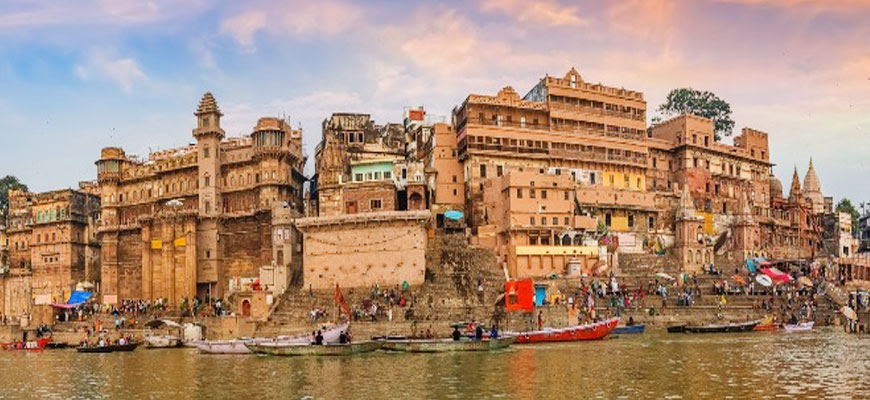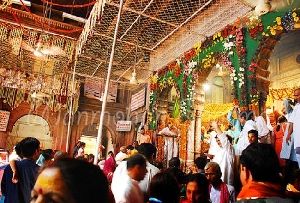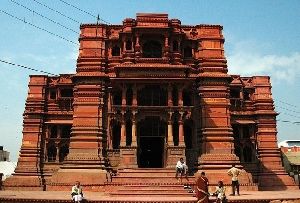Pottery is the art of handling clay and molding it to create vessels and containers of myriad shapes. The arts of Uttar Pradesh are already famous and Uttar Pradesh pottery is yet another impressive manifestation of skill of the artisans and craftsmen of the state. Pottery is one of the earliest skills to be acquired by the Indians and Uttar Pradesh can boast of retaining this skill even to the present day and implementing a number of experimentations. Indianholiday.com is an online e-travelogue that provides one with all the needful inputs on pottery work in Uttar Pradesh.
Khurja in Uttar Pradesh is renowned for the ceramic pottery. The pottery work is interestingly done with relief work and the colors that are predominantly used are not loud or dark. Orange, light red and brown are the oft used colors that work wonders against the plain, white background.
The floral designs in sky blue are a visual delight. The decorative articles and table wares made of ceramic are popular not in Uttar Pradesh but in entire India. Khurja is famous for a pitcher-shaped vessel that is graced with relief by a thick slip.
The Rampur surahis or water pots capture attention due to the way in which its plain surface is glazed with the greenish-blue tinge. The red clay forms the base. In Chunar, the potters glaze the wares with a brown slip that is interlarded with a myriad other hues. Meerut and Hapur are renowned for excellent water containers. These vessels are adorned with striking designs and floral patterns. One distinctive feature of these containers is its weirdly shaped spouts.
Chinhat in Uttar Pradesh is again reputed for its glazed pottery. Shades of blue and brown are the colors that are primarily used by the artisans. The designs look more attractive on white or cream surfaces. As far as the shape of the products is concerned, they generally adhere to the geometric designs. The products comprise of saucers, cups, vases and bowls.
Any discourse on the Uttar Pradesh pottery remains incomplete without the mention of Nizamabad know for its black pottery. The distinctive color can be credited to the process in which the articles are fired in enclosed kiln with rice husks. The smoke that is generated in the process imparts the black color. The designs are then etched on the dry surface which is then filled with silver paint that is made from zinc and mercury. To lend a glossy look to the products, some vessels are coated with lacquer when they are still hot.












